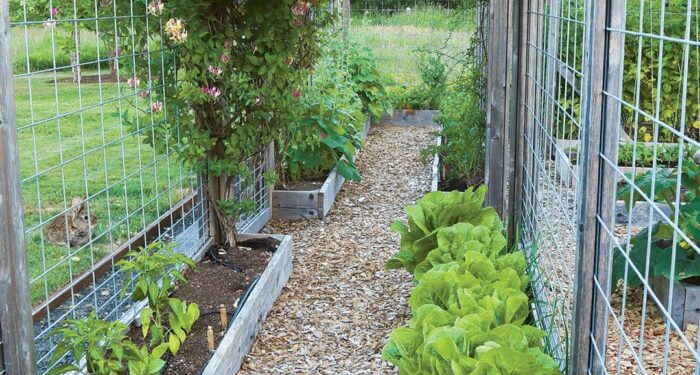A vegetable garden border fence can achieve many different goals. It can prevent rabbits and other pests from eating your vegetables. Garden borders can also be used to create visual separation within your garden. So, through this article we bring you some amazing vegetable garden fence ideas to give your vegetable garden a unique visual appeal and help keep critters out at the same time.
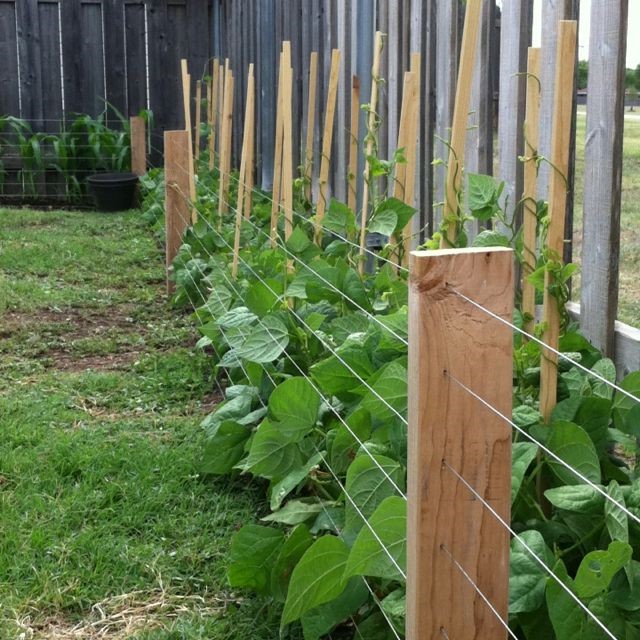
The material you choose can be used to provide partial shade or wind protection for some plants, as well as protection from insects and seedlings.
Consider your primary goals and your budget when choosing the garden border fence you want to install. To find out if you have any useful materials, look around your yard, garage and shed before you start. When building a garden border fence, using recycled or upcycled items is not challenging.
This guide will cover the best fence ideas so that you can keep both big and small critters away from your vegetable garden while keeping your vegetables intact.
Why do you need garden fencing?

The most important thing to remember when looking through the many garden fencing options is why you need one. For two reasons, most people would like to have a fence around their gardens.
You can deter pests and animals from your garden, as well as people
Your garden may appear to be a paradise for many different animals and critters. Groundhogs, squirrels and rabbits are some of the most destructive garden animals.
These animals are equally fond of vegetable and flower gardens. If you live in an area with animals, it is worth looking into a garden fence to protect your garden.
An excellent product for a garden fence is wire mesh, also known as chicken wire. It is meant to keep pests and animals away from your plants. Ground staples are an excellent way for small animals such as rabbits to avoid climbing under your fence.
Decorative Garden Fences
You may decide to make a fence solely for decorative purposes if you don’t think you will encounter any problems with pests or animals entering your garden.
Because you don’t have to worry about making the fence functional and attractive, decorative garden fencing may be easier to find. Most ornamental garden fences are very low and require no complicated installation.
You can find various fencing options in many different colors and styles. You can also DIY the fence using materials from your backyard or nearby property.
What type of fence should you choose?

There are many options for garden fences to suit your needs and ideas, and here are a few of the most popular fence options:
Natural, i.e., bamboo or reed
This fence can be used to control pests and animals from entering your garden. Although a bamboo or reed fence won’t necessarily stop something from entering your garden with brute force, it will prevent any animals or critters from seeing what is behind it.
Metal fencing
You can buy metal fencing in many styles and colors. This fence is strong and will last for a long time. Also, metal fencing is budget-friendly.
Picket Fence
The picket fencing is a timeless choice for garden fencing ideas. This fence can be used in various styles, including a country chic style.
Mixed Materials
You don’t have to choose one style of fence over another; you can combine different types of fences.
What are some fence installation tips for beginners?
Some practical advice to help you choose the right garden fencing ideas:
1. The distance between garden fence posts should not exceed six feet.
2. Consider your climate: Concrete anchors are needed for fence posts in colder regions, and these anchors should be 36 inches thick to prevent cracking in cold snaps. For warmer or more severe climates, vinyl should be used over wood to make a fence, as wood is susceptible to water damage.
3. Know your limitations: Consult an expert if you cannot properly install it.
7 Vegetable Garden Fence Ideas
Simple wire fencing

First, we have simple wire fencing on the list. You can use simple materials such as chicken wire or wire netting to keep pests out of your vegetable gardens.
You can also use the garden border fence as a temporary trellis to climb vegetables such as pole beans or cucumbers. A simple wire fence is inexpensive and can be easily removed and reconfigured.
A colorful fence

You can transform a plain picket fence into a creative vegetable garden fence border with some paint. A colorful fence is one of the decorative garden fence ideas.
These ideas are easy to do with kids and can transform a dull corner of your yard into something vibrant. You can paint the names of vegetables or herbs directly onto the fence, depending on where they are placed.
A metal fence made from recycled materials
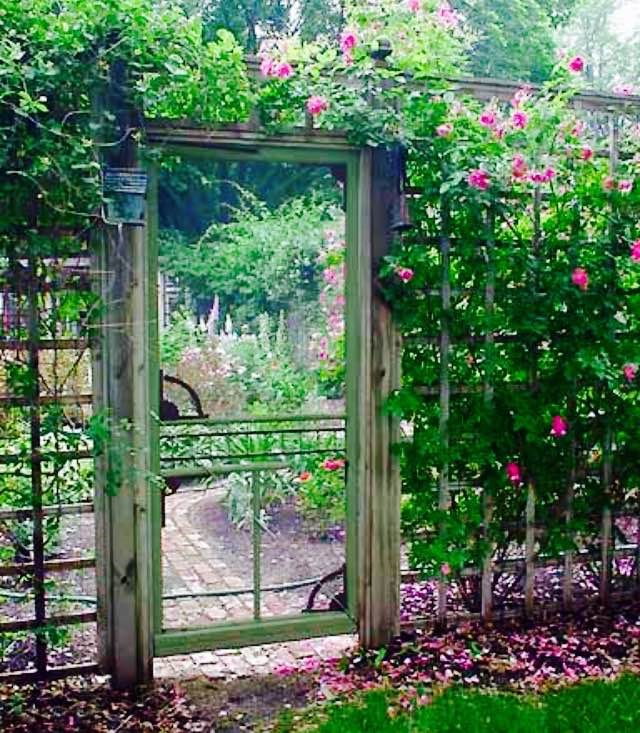
You don’t necessarily have to spend much money to protect your garden. You can use old metal objects to create a unique garden fence.
Wood fence with patterns
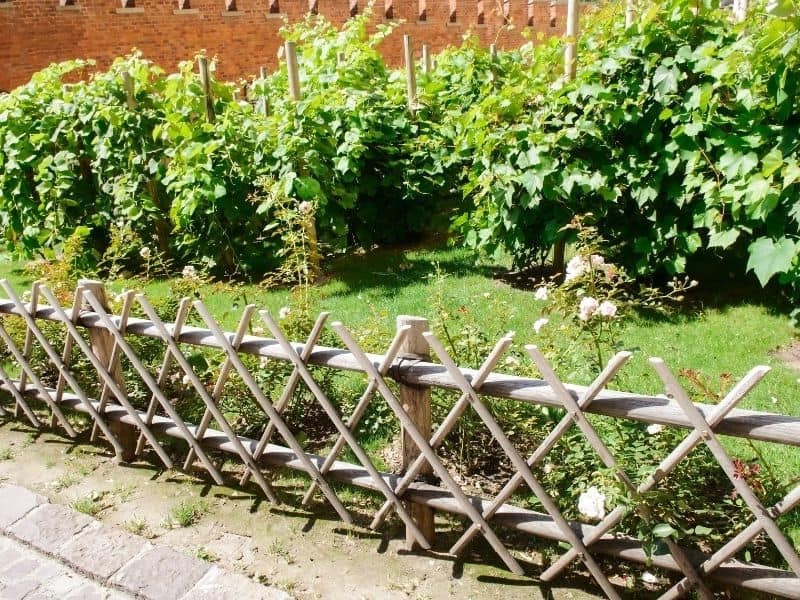
The beautiful, patterned wooden fence will not keep any animals out and is only for aesthetic purposes.
These would be great if pests don’t harm your crops. It’s beautiful! You just need to add fence posts and make patterns with different wood beam sizes.
Whitewashed wooden fence
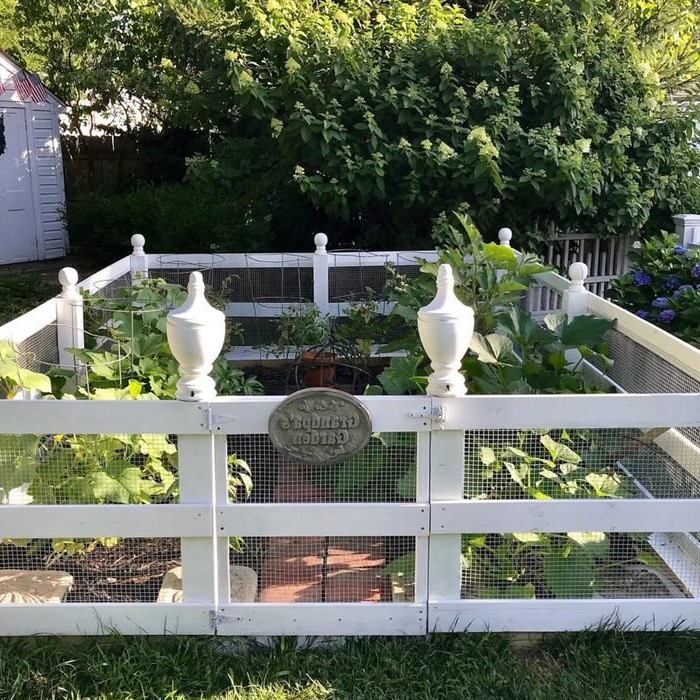
White wooden fence will give your garden a cottage-like feel. With bright colored flowers in the background, your veggies can be safely tucked away in the background, away from the hungry eyes of garden predators.
Variegated picket
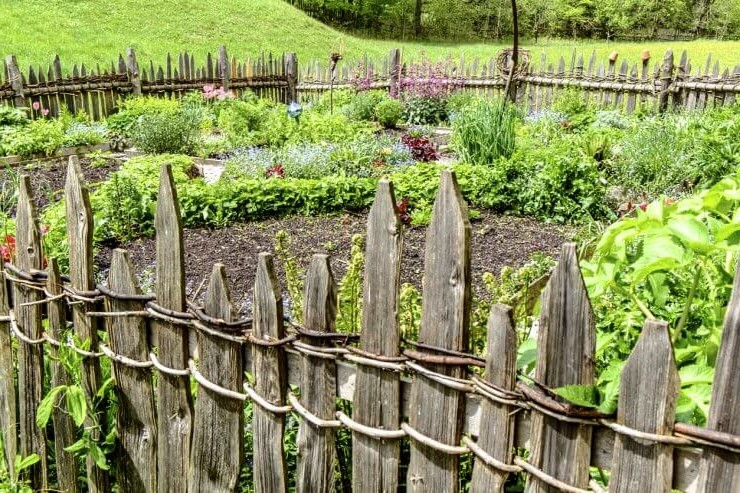
This is a fresh take on an old standby. Simple changes in the length of pickets can transform a garden fence into a garden feature.
To create a more unique atmosphere, swap out regular fence pickets with small branches from trees or other wood scraps. With its jagged edges, these can deter and even repel critters.
Basket Weave Fencing

Basket weave fencing will amaze all your garden visitors. Even though making it requires a lot of patience, the end product will wow all your visitors. The look of your fence will be more impressive if it is made from organic materials.
This design is best for long-term, well-defined gardens because it’s unlikely that you will want to remove and redo the fencing every year.

